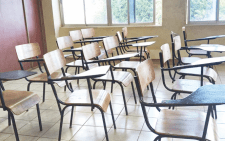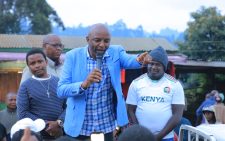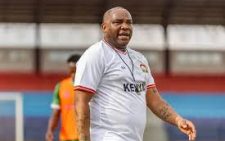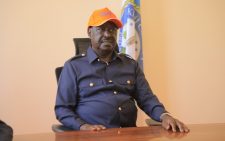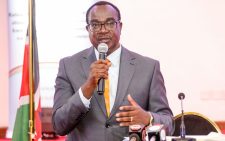Cost of Ruto’s ‘development’ tours draws public scrutiny
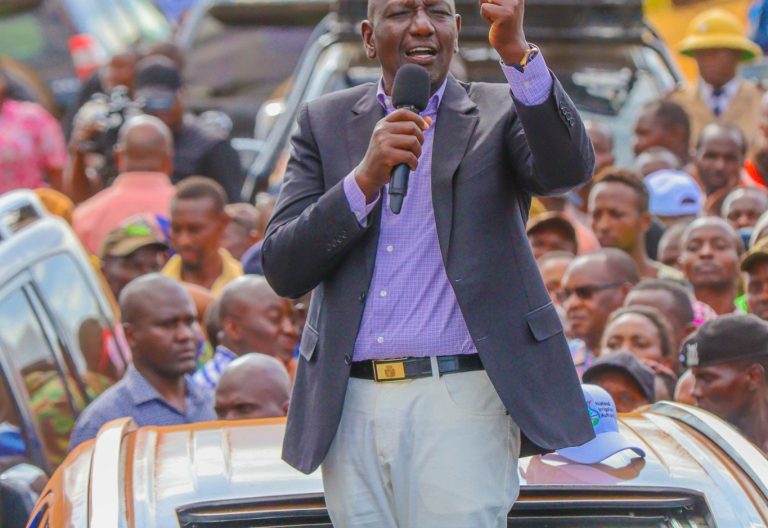
President William Ruto’s ‘development’ tours across Kenya, initially intended to bring government closer to the people, are increasingly drawing criticism over their cost.
From mobilising crowds and hiring tents to fuel expenses and helicopter flights, these tours raise questions about fiscal discipline amid economic hardships.
Political analyst Javas Bigambo notes: “It is very difficult to differentiate between Dr Ruto the politician and Dr the President of Kenya who has the constitutional mandate to visit all parts of the country while executing his obligations.”
In the 2023-24 financial year, the Auditor General reported that the national government spent Sh27.2 billion on travels. Top officials used Sh8.1 billion for domestic travel and Sh9.2 billion for international trips, marking one of the largest travel expenditures in Kenya’s history.
Ruto’s office led with Sh1.7 billion, a 28 per cent increase from the previous year.
A significant hidden cost lies in mobilisation efforts. Chiefs, assistant chiefs, MPs and governors ensure venues are filled with supporters by hiring transportation, providing food and organising demonstrations of public support.
Munyori Buku, head of the Presidential Communications Service, dismisses claims the State is funding mobilisation.
“It is all nonsense. We have never given anybody any money to attend our functions. People come to those events due to their love for the President,” he said.
Buku insists all State House tours are budgeted for: “The President does not just wake up one day and decide to visit an area. All these are budgeted for and everything is done within that limit.”
However, sources within the Office of the President revealed that before the President starts his tours, county commissioners, assistant county commissioners, chiefs and their assistants receive funds to mobilise attendees. Governors, MPs, senators and ward representatives are also facilitated.
Financial support
The financial support varies by region. In opposition zones, governors reportedly receive between Sh5-8 million, while in friendly areas they get Sh2-3 million. MPs in opposition areas receive around Sh1 million, with ward reps getting Sh300,000, while those in supportive regions receive less.
Church leaders where the President attends services also benefit substantially. Senior clerics reportedly receive around Sh6 million to share with pastors for mobilisation and arrangements.
During recent presidential visits to Nyeri, Murang’a and Laikipia counties, boda boda operators were allegedly paid Sh1,000 per day, while ordinary citizens received Sh500 each.
Former Deputy President Rigathi Gachagua claimed even higher amounts: “You saw the number of buses, the mobilisation, the boda bodas, Sh3,000 each, the dancing women, Sh2,000 each. There was too much money.”
Once facilitated, chiefs and ward reps use local networks to assemble attendees, often providing unofficial incentives paid from public or discretionary funds. MPs and governors also cover costs for fuel, vehicle hire, and public address systems when not directly covered by the President’s office.
These concerns were highlighted during President Ruto’s recent Mt Kenya tour, which covered multiple counties, including Nyeri, Kirinyaga, Murang’a, and Kiambu. The visit involved elaborate preparations with local administrators mobilising thousands. Schools were closed in some areas, and students were encouraged to attend events.
Helicopter use was prominent, with multiple landings across the region. Aviation experts estimate each hour of helicopter flight costs tens of thousands of shillings, not including security and ground logistics. Reports indicate hundreds of buses were hired, while temporary venues with tents and sound systems were set up at significant cost.
“These presidential tours are usually a costly affair and not a walk in the park. First you must know that more than 200 vehicles are in the President’s convoy. Besides fuelling the vehicles, all those people are paid per diem,” explains Machakos Deputy Governor Francis Mwangangi.
An MP from Western Kenya noted additional expenses when the President holds Cabinet meetings in the area: “You can imagine a situation of each of the 20-plus Cabinet secretaries being accompanied with no less than 20 aides … In many cases, each of the CSs will even come over in a chopper alone.”
County governments also reallocate funds for hospitality, logistics, and coordination. Some ward reps have privately stated that ward projects have been delayed due to resources being diverted to hosting presidential visits.
Additional costs
Governors sometimes bear additional costs from presidential promises. One Western Kenya governor described having to personally pay Sh3 million to a women’s group after the President publicly promised the funds but didn’t deliver.
“We are forced to source funds to ensure such projects are undertaken to save the President from any embarrassment,” the county boss said.
Economists argue these costs are unsustainable given Kenya’s soaring public debt and austerity measures in various sectors.
Government spokesman Isaac Mwaura defends the tours as essential for monitoring development projects and ensuring accountability: “A leader must be closer to the people to hear their grievances and ideas in order for him to make decisions that are beneficial to them, since they are the ones that put him into office.”
